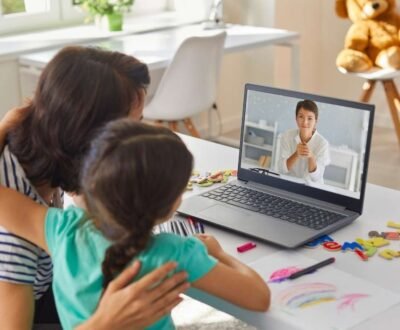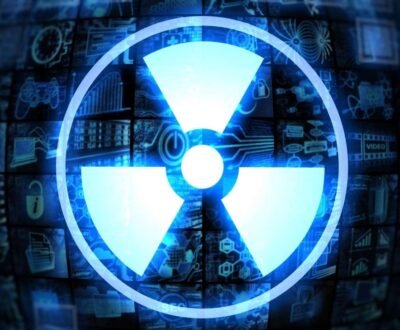Apple iPads have software that can be used by clinicians to access medical images at a much faster rate: mobile image-viewing software. The researchers at the Mayo Clinic of Scottsdale say that unlike the conventional desktop-based image viewing software, these do not sacrifice ease of use or diagnostic confidence.

The team has found out after comparing a commercial PACS workstation and an in-house developed image viewer for desktop computers with the mobile image-viewing software for review of nondiagnostic images that the mobile software can help clinicians access images at a rate that is six times faster. Even the ease-of-use ratings and diagnostic confidence of clinicians was better than or comparable to those of others.
Limited access to images
Although in acute-care settings and during after-hours it is critical to get rapid and accurate interpretation of medical images, researchers say that limited access on the outside of the healthcare facility often hampers this task.
The ResolutionMD mobile viewer has been used by Mayo Clinic Arizona for its telestroke program for many years. The researchers at the clinic wanted a comparison between the mobile software and other systems that the institution used so as to know any advantages or disadvantages.
20 clinicians were recruited by the team for the study, out of which several were radiologists. Each of them was given a third-generation iPad which had storage of 32 MB, 4G or 3G cellular networking and a pre-installed ResolutionMD application.
Two desktop applications were made accessible to the participants: Qreads, which is an in-house developed image viewer for Windows computers, and Centricity PACS which was on displays of high resolution. The radiologists had remote access to Centricity through home workstations. All the participants had remote access to Qreads through screen-sharing software.
Comparable results
The researchers found that all the three applications scored well in diagnostic confidence (3.4, 3.8 and 3.7 for Qreads, PACS and the mobile viewer respectively). There was significant difference between the diagnostic confidence score of Qreads and the other two.
It was noted that the time provided by the mobile viewer for the first image was the least compared to that provided by other viewers. Its diagnostic confidence was also better than other viewers, along with the ease-of-use and other technical issues.
Following the study, moderate to high need for the permanent implementation of mobile image viewer was expressed by 85% of the participants. The institution thus continued the use of the mobile viewer for clinical purposes.
Challenges
The fact that radiology reports which had the image were unavailable was one challenge posed by the mobile image viewer. This, however, was not because of the software, but an intrinsic permission problem. Also, examinations done in cine mode may prove problematic to view.
It was found that exams which had multiple series, like complex MR cases or nuclear medicine studies, may prove to be a challenge for evaluation on the mobile device. Non-cine examinations which have less than 100 images are usually better as compared to larger-volume exams.
The usage of ResolutionMD is now being expanded by the Mayo Clinic throughout all departments. After this, the researchers plan to test another software feature that is on-call, which allows multiple users to have virtual collaboration.
About us and this blog
We are a teleradiology service provider with a focus on helping our customers to repor their radiology studies. This blog brings you information about latest happenings in the medical radiology technology and practices.
Request a free quote
We offer professional teleradiology services that help hospitals and imaging centers to report their radiology cases on time with atmost quality.
Subscribe to our newsletter!
More from our blog
See all postsRecent Posts
- Understanding the Challenges of Teleradiology in India January 19, 2023
- Benefits of Teleradiology for Medical Practices January 16, 2023
- Digital Transformation of Radiology January 2, 2023









